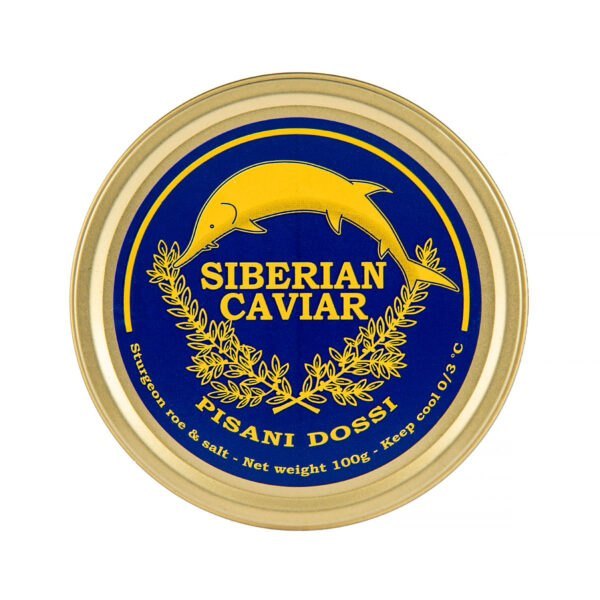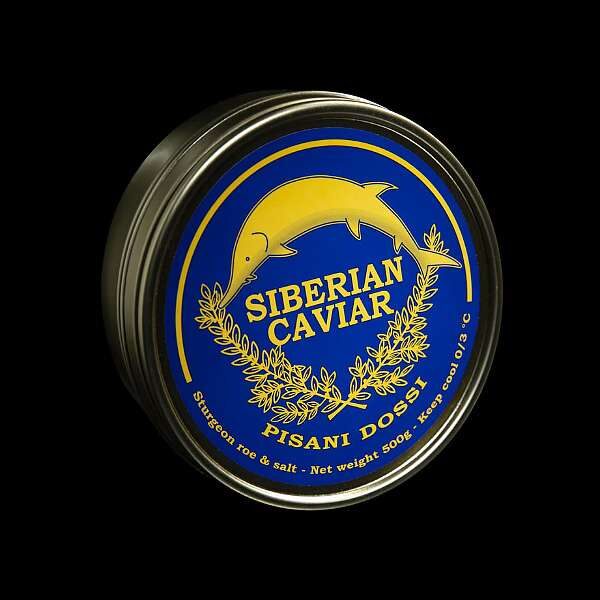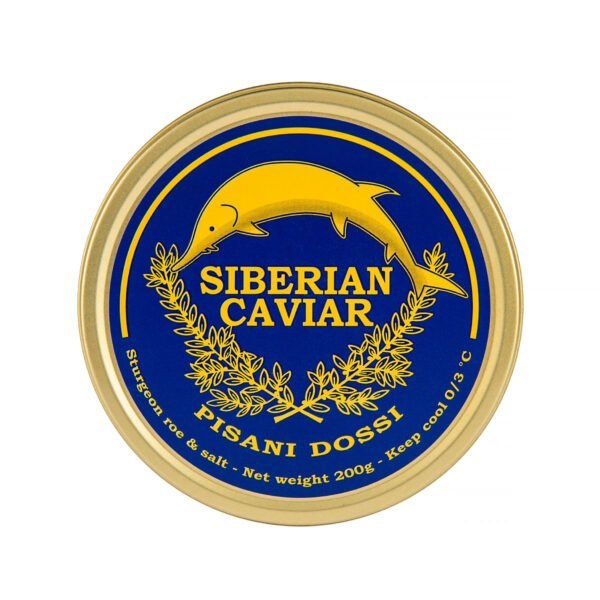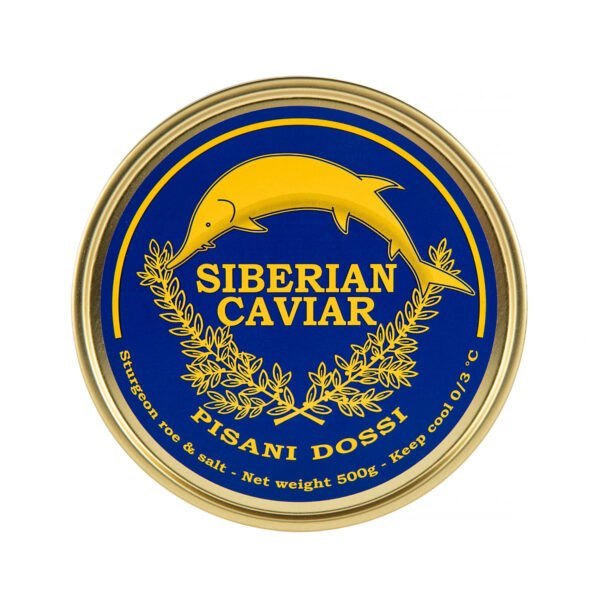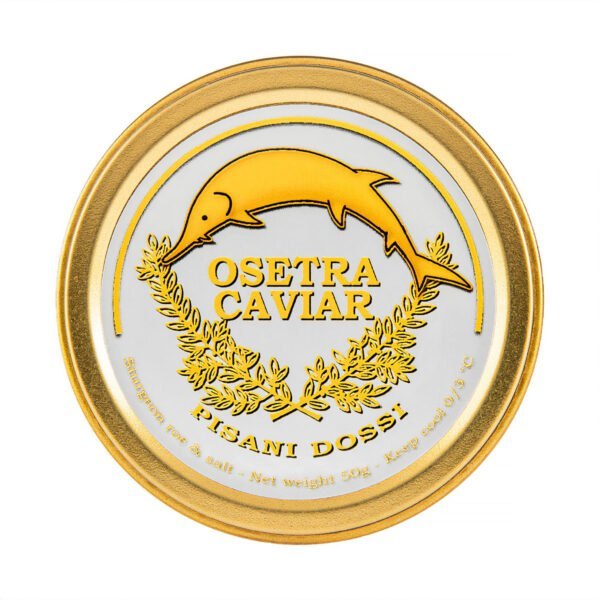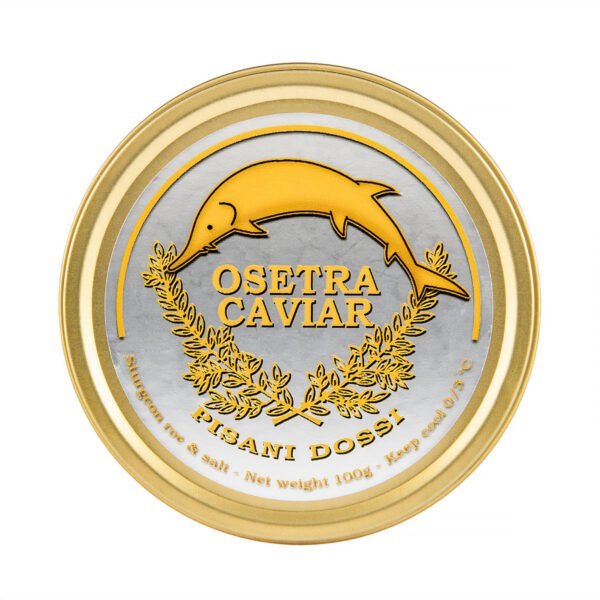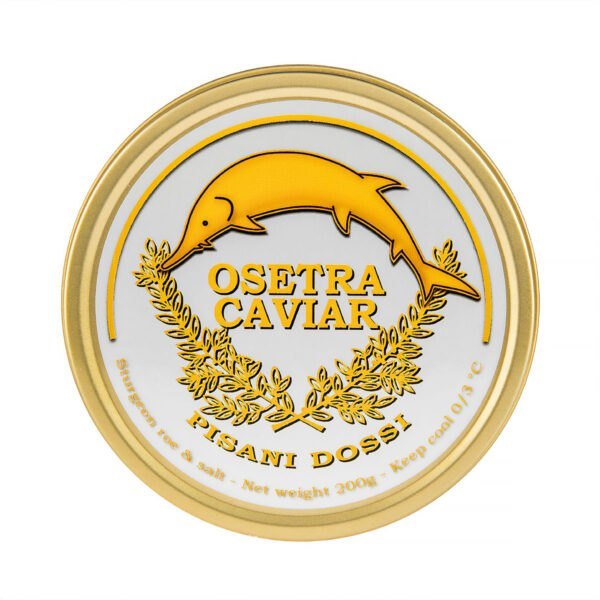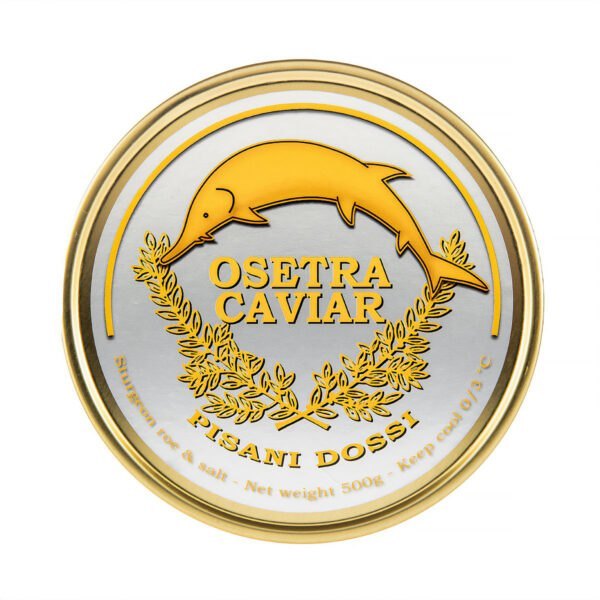Malossol caviar represents the pinnacle of culinary luxury. This ancient preservation technique balances delicate flavor enhancement with natural freshness. The art transforms ordinary sturgeon roe into extraordinary delicacies prized worldwide.
Traditional methods developed centuries ago continue today. Modern science validates these time-tested practices. The result remains unchanged: exquisite caviar that captures the essence of the sea.
The term itself carries deep meaning. “Malossol” translates to “little salt” in Eastern European languages. This simple phrase defines the sophisticated process behind premium caviar production.
The ancient art of malossol curing technique and its culinary significance
Malossol curing emerged from necessity and evolved into artistry. Before refrigeration existed, salt preservation was essential for sturgeon roe. Early methods used excessive salt that masked natural flavors completely.
Caviar masters discovered optimal balance through experimentation. They learned that minimal salt enhanced rather than overwhelmed delicate taste. This revelation transformed caviar from survival food to luxury commodity.
The technique requires precise timing and expert knowledge. Salt concentration must remain between 3.5% and 5% by weight. This narrow range ensures proper preservation while maintaining flavor integrity.
Origins of malossol preservation in 19th century caviar masters
Aristocrats demanded the finest caviar from Caspian Sea fishermen. The 18th century marked revolutionary changes in preservation methods. Traditional heavy salting gave way to refined techniques that preserved natural characteristics.
Persian traders and nobility collaborated on perfecting these methods. Their shared pursuit created standards still followed today. Caviar houses guarded their precise formulations as trade secrets.
Key historical developments:
- Introduction of precise salt measurements
- Collaboration between Persian and Eastern European techniques
- Development of trade route standards
- Establishment of quality assessment methods
The development coincided with expanding trade routes across Europe. Improved transportation allowed for less aggressive preservation. This timing enabled malossol techniques to flourish and spread.
Traditional salt ratios and timing methods for optimal flavor development
Master craftsmen developed specific ratios through generations of practice. Salt percentage typically ranges from 3% to 5% of total weight. A 500-gram tin contains approximately 470-480 grams caviar and 20-30 grams salt.
Timing remains crucial for achieving perfect results. Initial salting occurs immediately after harvest. The curing process continues for specific durations based on roe size and species.
Temperature control during curing affects final quality significantly. Traditional methods relied on seasonal variations. Winter processing allowed for lower salt concentrations due to cooler temperatures.
Traditional timing guidelines:
- Immediate salting within 15 minutes of harvest
- Primary curing period lasting 2-4 hours
- Secondary aging process extending 24-48 hours
- Final quality assessment before packaging
Environmental conditions play equally important roles throughout the curing process. Humidity levels must remain consistent to prevent moisture loss variations. Air circulation affects salt distribution patterns across individual eggs. Master curers monitor atmospheric pressure changes that influence osmotic rates. Seasonal temperature fluctuations require constant adjustments to salt ratios and timing schedules.
Scientific principles behind osmosis and protein preservation in minimal salt curing
Osmosis drives the fundamental preservation process. Salt creates concentration gradients that draw moisture from roe cells. This dehydration prevents bacterial growth while maintaining structural integrity.
Water molecules migrate through cell membranes toward higher salt concentrations. The process continues until equilibrium is established between internal and external environments. Protein structures remain intact throughout this gentle preservation method.
Salt also affects enzyme activity within the roe. Controlled dehydration slows decomposition processes naturally. This preservation occurs without harsh chemicals or extreme temperatures that compromise quality.
Interesting fact: The osmotic process not only preserves caviar but actually concentrates flavors by reducing water content while maintaining the delicate protein structures that give each egg its characteristic “pop” when bitten.
Distinctive flavor characteristics that define premium malossol caviar
Malossol processing reveals the true character of sturgeon roe. Each species develops unique flavor profiles through careful preparation. The minimal salt approach allows subtle nuances to emerge clearly.
Premium caviar exhibits complex taste progressions. Initial sweetness gives way to rich butteriness. Marine hints provide depth while nutty undertones add sophistication.
Quality assessment requires understanding these flavor markers. Authentic malossol caviar demonstrates balanced salinity that enhances rather than dominates. Off-flavors indicate poor handling or excessive processing.
Natural taste enhancement through reduced salt concentration levels
Lower salt content permits natural flavors to dominate the tasting experience. Traditional heavy salting masked the delicate characteristics of premium roe. Malossol preparation highlights buttery, nutty, and briny notes without overwhelming them.
Salt acts as a flavor enhancer rather than preservative alone. The optimal concentration amplifies existing tastes naturally. This enhancement creates the signature complexity caviar connoisseurs seek.
Primary flavor enhancement benefits:
- Natural sweetness becomes more prominent
- Buttery characteristics develop fully
- Marine notes remain clean and fresh
- Nutty undertones emerge clearly
Reduced salinity also affects mouthfeel significantly. Lower salt levels maintain the creamy texture characteristic of premium caviar. Excessive salting creates firmness that diminishes the luxurious eating experience.
Texture differences between malossol and heavily salted caviar varieties
Malossol caviar maintains a soft, delicate texture that bursts gently on the palate. Each egg releases its contents smoothly without resistance. This characteristic “pop” indicates proper processing and freshness.
Heavily salted varieties develop firmer, more resistant textures. The eggs require more pressure to break. This firmness often masks the subtle textural nuances that define quality caviar.
Liquid between eggs provides additional quality indicators. Malossol caviar shows minimal, clear liquid between eggs. Excessive or cloudy liquid suggests poor processing or improper preservation.
Species specific flavor profiles in beluga, osetra and sevruga malossol preparations
Each caviar species delivers distinct characteristics through malossol processing. Beluga caviar provides the most subtle flavor profile with large eggs. Its creamy, buttery notes carry gentle salinity that appeals to refined palates.
Osetra creates more complex flavors with distinctive nutty undertones. Medium-sized eggs create balanced texture and taste combinations. This variety showcases versatility for various culinary applications effectively.
| Species | Egg Size | Primary Flavors | Texture Characteristics |
|---|---|---|---|
| Beluga | Large | Creamy, buttery, delicate | Soft, luxurious burst |
| Osetra | Medium | Nutty, complex brininess | Firm but tender |
| Sevruga | Small | Bold, maritime, saltier | Intense flavor concentration |
Sevruga presents the most intense flavor experience available. Small eggs concentrate bold, maritime tastes effectively. This variety satisfies those who prefer pronounced flavors and robust character.
Sensory evaluation techniques for identifying authentic malossol quality
Professional tasting follows systematic approaches for quality assessment. Visual inspection reveals color consistency and egg separation patterns. Proper malossol caviar shows individual eggs without clumping or excessive moisture.
Aroma evaluation detects freshness and proper processing indicators. Quality caviar exhibits clean, oceanic scents without off-odors. Excessive fishiness or sour notes indicate deterioration or poor handling.
Professional evaluation sequence:
- Visual assessment for color and separation
- Aromatic inspection for freshness indicators
- Textural examination through gentle pressure
- Flavor analysis across multiple taste phases
Taste assessment progresses through multiple distinct stages. Initial flavors should be clean and bright throughout. Middle notes develop richness and complexity naturally. The finish provides lasting, pleasant aftertastes without harsh elements.
Acoustic evaluation adds another quality dimension to assessment. Premium eggs produce subtle popping sounds when pressed gently. This characteristic indicates proper membrane tension and optimal processing conditions.
Interesting fact: Expert tasters can identify caviar species, age, and processing quality within seconds using a combination of visual, aromatic, textural, and acoustic cues developed through years of experience.
Modern temperature controlled storage and handling requirements
Contemporary storage methods build upon traditional preservation principles effectively. Precise temperature control maintains caviar quality throughout distribution chains. Modern refrigeration enables consistent malossol processing year-round.
Professional storage facilities maintain strict environmental controls continuously. Temperature fluctuations compromise caviar integrity rapidly. Proper handling preserves the delicate balance achieved through malossol processing.
Home storage requires understanding these professional standards completely. Consumers must maintain proper conditions to preserve their investment. Correct storage extends shelf life while maintaining optimal quality.
Optimal refrigeration conditions for maintaining caviar freshness
The ideal storage temperature ranges from -2°C to 2°C (28°F to 36°F). This narrow window balances preservation with texture maintenance effectively. Temperatures below freezing damage cell structures irreversibly.
Consistent temperature maintenance proves more important than exact degrees. Fluctuations cause expansion and contraction that damages delicate eggs. Professional facilities monitor temperatures continuously using precision instruments.
Home refrigeration requires strategic placement for optimal results. The coldest area, typically the back of the bottom shelf, provides the most stable environment. Door storage exposes caviar to frequent temperature changes.
Temperature control essentials:
- Maintain consistent -2°C to 2°C range
- Avoid temperature fluctuations completely
- Position in coldest refrigerator areas
- Monitor with precision thermometers
Proper handling during transport and storage complements temperature control effectively. Using insulated containers with gel packs maintains stable conditions during transit periods. Avoiding exposure to direct sunlight and vibrations prevents quality degradation completely. Opening caviar tins only shortly before serving minimizes spoilage risk significantly. Following these practices ensures the freshness and flavor integrity remain intact until consumption.
Vacuum sealing importance and container selection guidelines
Proper packaging protects caviar from oxidation and contamination effectively. Vacuum sealing removes air that causes deterioration rapidly. Original tins provide optimal protection until opening occurs.
After opening, transfer remaining caviar to appropriate containers immediately. Airtight sealing prevents flavor loss and texture changes. Press plastic wrap directly onto the caviar surface before sealing containers.
Container materials affect caviar quality significantly over time. Non-reactive materials like glass or food-grade plastic work best. Metal containers can impart off-flavors during extended storage periods.
Shelf life considerations and consumption timing recommendations
Unopened malossol caviar maintains quality for 6-12 months when properly refrigerated. Expiration dates provide guidelines for optimal consumption timing. Quality gradually declines beyond these dates even under proper storage.
Opened caviar requires immediate consumption for best quality results. Maximum storage time extends to 24-48 hours after opening. Quality deteriorates rapidly once exposed to air and temperature fluctuations.
Storage timeline guidelines:
- Unopened tins maintain quality 6-12 months
- Opened caviar remains fresh 24-48 hours maximum
- Transport limited to 8 hours with proper cooling
- Quality assessment required before consumption
Transportation requires special consideration for maintaining quality standards. Unopened tins remain stable for up to 8 hours in insulated containers with gel packs. Opened caviar must be consumed immediately and never transported without refrigeration.
Interesting fact: Malossol caviar’s short shelf life after opening is actually a quality indicator. The minimal salt content that preserves its delicate flavor also makes it more perishable than heavily processed alternatives.
Nutritional benefits and health advantages of consuming malossol caviar
Malossol caviar provides exceptional nutritional density in small servings. The minimal processing preserves essential nutrients naturally present in sturgeon roe. These nutrients deliver significant health benefits when consumed regularly.
Traditional preservation maintains nutritional integrity better than modern alternatives. Heat processing and chemical additives reduce beneficial compounds significantly. Malossol preparation preserves these valuable nutrients effectively.
Scientific research confirms numerous health advantages from caviar consumption. The concentrated nutrients support various bodily functions optimally. Regular consumption may contribute to overall wellness and disease prevention.
Omega 3 fatty acids content and cardiovascular health support
Sturgeon roe contains high concentrations of omega-3 fatty acids naturally. These essential fats support cardiovascular health through multiple mechanisms. EPA and DHA reduce inflammation while improving blood vessel function.
Regular omega-3 consumption lowers cardiovascular disease risk significantly. These fatty acids reduce triglyceride levels and blood pressure effectively. They also improve arterial flexibility and reduce harmful plaque formation.
Primary cardiovascular benefits:
- Reduced inflammation throughout the body
- Improved heart rhythm regulation
- Lower blood pressure levels
- Enhanced arterial flexibility
Malossol processing preserves these delicate fatty acids completely. Heat treatment destroys omega-3 compounds rapidly during processing. The gentle salt curing maintains nutritional integrity while ensuring safety.
Essential vitamins and minerals concentration in sturgeon roe
Caviar provides concentrated sources of essential vitamins and minerals naturally. Vitamin B12 supports nervous system function and red blood cell formation. Selenium acts as a powerful antioxidant protecting cells from damage.
Iron content supports oxygen transport throughout the body effectively. Phosphorus strengthens bones and teeth while supporting cellular energy production. These minerals work synergistically to support optimal health.
Vitamin D content supports bone health and immune system function. This vitamin becomes increasingly important as dietary sources remain limited. Caviar provides bioavailable forms that the body utilizes efficiently.
Protein quality and amino acid profiles for dietary wellness
Sturgeon roe contains complete protein with all essential amino acids. The protein quality rivals the finest animal sources available. This complete profile supports muscle maintenance and overall health.
Amino acid balance provides optimal utilization by the body naturally. Essential amino acids cannot be produced internally and must come from dietary sources. Caviar supplies these requirements in concentrated form.
Complete amino acid profile benefits:
- Muscle tissue maintenance and repair
- Neurotransmitter production support
- Immune system function enhancement
- Metabolic process optimization
The natural presence of glutamic acid contributes to umami flavor while supporting brain function. This amino acid enhances neurotransmitter production and cognitive performance. The combination creates both culinary and health benefits.
Interesting fact: Just one ounce of malossol caviar provides more omega-3 fatty acids than most fish servings, plus complete proteins and essential vitamins that support brain, heart, and immune system health.
Premium Fresh Black Caviar Without Preservatives at PremiumCaviar Shop
PremiumCaviar delivers exceptional black caviar directly from northern Italy’s renowned Pisani Dossi farm. Each variety undergoes traditional malossol processing without preservatives or artificial additives. The collection features premium Siberian and Osetra caviar varieties raised in pristine spring waters.
The company maintains sustainable aquaculture practices since 1982. Hand-selected sturgeon produce eggs with extraordinary flavor profiles and consistent quality. Every tin contains caviar from a single fish to ensure flavor consistency throughout.
Premium Siberian Sturgeon Caviar Excellence
Siberian caviar features fine-grained texture with eggs measuring 2.6 to 3.0 mm in diameter. The variety delivers pure, elegant flavor with subtle hazelnut and wild berry notes. Colors range from black-grey to black-brown tones throughout each batch.
Traditional malossol methods preserve natural taste using minimal salt content between 3.5% and 4%. Hand-processing ensures grain integrity without mechanical handling. Each egg bursts gently when pressed, releasing contents slowly across the palate.
The consistent appearance reflects meticulous quality control standards. This variety appeals to first-time caviar enthusiasts while satisfying discerning connoisseurs. The exquisite length remains both fine and clear without harsh aftertaste.
Premium Siberian Sturgeon Black Caviar
Premium Siberian Sturgeon fresh black caviar 50gr. Pisani Dossi
Premium Siberian Sturgeon fresh black caviar 100gr. Pisani Dossi
Exceptional Osetra Caviar Characteristics
Osetra caviar displays larger grains measuring 2.9 to 3.2 mm with delicious mild taste. The slight aftertaste of walnut distinguishes this premium selection completely. Colors vary dramatically from pearl grey to bronze and amber tones.
This variety comes from hybrid sturgeon crossing species to create unique flavor profiles. The breeding program creates characteristics not found in pure species alone. Each batch shows unique color patterns making every container special.
Seasonal production occurs mainly from October to March, creating limited availability. The restricted production window contributes to exclusivity among premium caviar varieties. Only 10-20% of female sturgeon produce caviar-quality eggs.
Premium Osetra Black Caviar
Premium Osetra fresh black caviar 50gr. Pisani Dossi
Premium Osetra fresh black caviar 100gr. Pisani Dossi
Sustainable Production and Quality Standards
The Pisani Dossi farm operates with absolute green practices since establishment. Three 40-meter deep wells provide pure water certified as potable regularly. More than 150 temperature-controlled tanks maintain optimal conditions year-round.
Vacuum-sealed packaging reaches approximately 0.8 atm pressure to preserve purity naturally. Special rubber rings maintain seal effectiveness without artificial preservatives. Each tin bears precise labeling with origin information and batch numbers.
Complete traceability extends from farm to table through individual batch tracking. Storage temperature should remain between -2°C and +2°C for optimal quality preservation. The packaging design protects delicate eggs from damage during transport.
Contact the professional team for exceptional customer service and special orders. Experience the finest quality caviar with luxurious and memorable dining experiences. Purchase premium fresh black caviar today for authentic Italian luxury delivered worldwide.
Professional serving techniques and culinary pairing recommendations
Proper serving elevates caviar from food to experience effectively. Traditional techniques developed over centuries maximize flavor appreciation. Modern service builds upon these established principles while incorporating contemporary refinements.
Temperature, timing, and presentation affect caviar quality dramatically. Professional standards ensure optimal conditions for tasting experiences. These protocols preserve the investment in premium malossol caviar.
Pairing selections complement rather than compete with caviar flavors. Classic combinations enhance the tasting experience significantly. Understanding these relationships improves appreciation and enjoyment considerably.
Proper presentation methods using traditional caviar service tools
Traditional caviar service requires specific tools for optimal presentation. Mother-of-pearl spoons prevent metallic flavors that compromise taste. Bone, wood, or gold alternatives also work effectively.
Presentation vessels should be non-reactive and properly chilled. Glass or ceramic bowls nestled in crushed ice maintain optimal temperature. The visual presentation enhances the overall dining experience.
Essential serving equipment:
- Mother-of-pearl or bone spoons for serving
- Non-reactive bowls for presentation
- Crushed ice for temperature maintenance
- Small individual plates for personal servings
Serving portions follow established guidelines for proper appreciation. Individual servings typically range from 15-30 grams per person. Smaller amounts allow for proper tasting without overwhelming the palate.
Temperature preparation and timing for maximum flavor appreciation
Optimal serving temperature ranges from 0°C to 4°C (32°F to 39°F). This temperature maintains texture while allowing flavors to develop properly. Warmer temperatures compromise texture and accelerate spoilage.
Remove caviar from refrigeration 10-15 minutes before serving. This timing allows slight warming without compromising quality. Extended exposure to room temperature damages both flavor and texture.
Timing coordination ensures peak quality during service periods. Prepare all accompaniments before removing caviar from refrigeration. Quick service maintains optimal conditions throughout the tasting experience.
Classic accompaniment selections that complement malossol characteristics
Traditional accompaniments enhance without overwhelming caviar flavors naturally. Blinis provide neutral bases that support rather than compete. Toast points deliver similar neutrality with different textures.
Crème fraîche adds richness while maintaining compatibility perfectly. Its mild tang complements caviar’s salinity beautifully. Fresh chives provide subtle onion notes that enhance the overall flavor profile.
| Accompaniment Type | Examples | Flavor Contribution |
|---|---|---|
| Neutral bases | Blinis, toast points, crackers | Texture without competing flavors |
| Creamy additions | Crème fraîche, sour cream | Rich complement to salinity |
| Aromatic herbs | Chives, dill, capers | Subtle enhancement without dominance |
Champagne and vodka provide classic beverage pairings effectively. Champagne’s acidity cleanses the palate between tastings. Premium vodka’s neutral character allows caviar flavors to dominate.
Wine selections require careful consideration of acidity and flavor intensity. Crisp white wines like Chablis or Sancerre provide appropriate acidity levels. Avoid wines with strong flavors that compete with delicate caviar characteristics.
Perfect pairing principles:
- Choose neutral bases that support without competing
- Select beverages with cleansing acidity
- Avoid strong flavors that overpower delicate taste
- Maintain proper serving temperatures throughout
Balanced accompaniments highlight malossol caviar without diminishing its elegance completely. The key lies in simplicity and subtlety, allowing caviar’s natural qualities to shine. Light textures contrast with soft caviar grains, enhancing palate experience significantly. Beverage acidity acts like a palate cleanser, resetting taste buds between bites. Avoiding overpowering flavors ensures every nuance of malossol caviar gets appreciated fully.
Conclusion
Malossol caviar represents centuries of culinary evolution perfected through dedicated craftsmanship. This ancient technique achieves the ideal balance between preservation and flavor enhancement. The minimal salt approach allows sturgeon roe’s natural characteristics to shine while ensuring safety and longevity.
Understanding malossol principles enhances appreciation for this luxury delicacy. From traditional curing methods to modern storage requirements, each element contributes to the final experience. Proper handling and serving techniques preserve the investment in premium caviar while maximizing enjoyment.
The harmony between flavor and preservation that defines malossol caviar continues to set the standard for excellence. This time-tested approach validates the wisdom of traditional methods while embracing modern scientific understanding. The result remains unchanged: exquisite caviar that captures the essence of the sea in every precious pearl.



